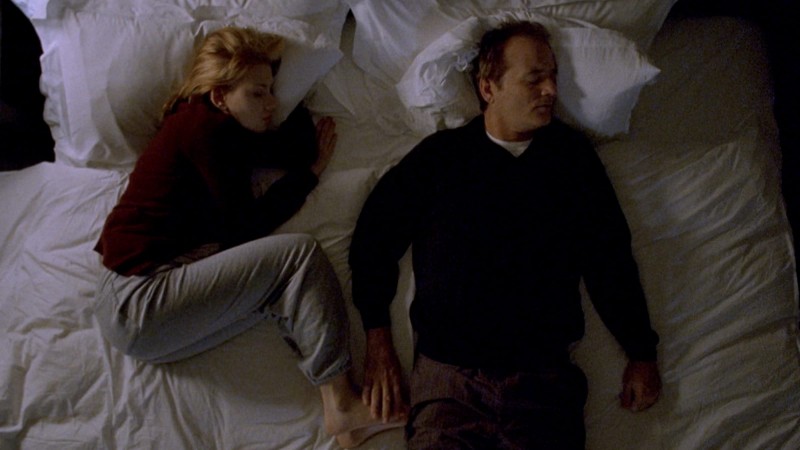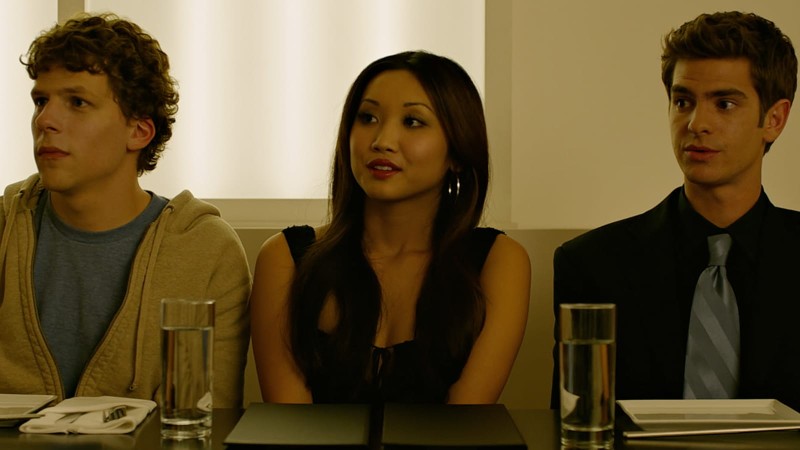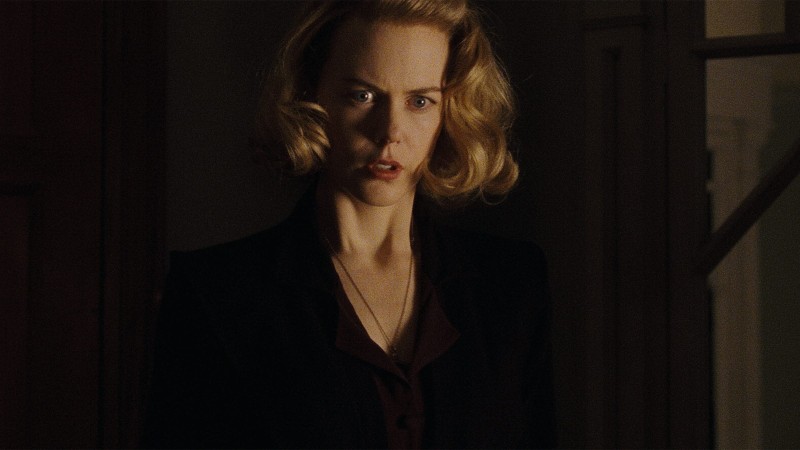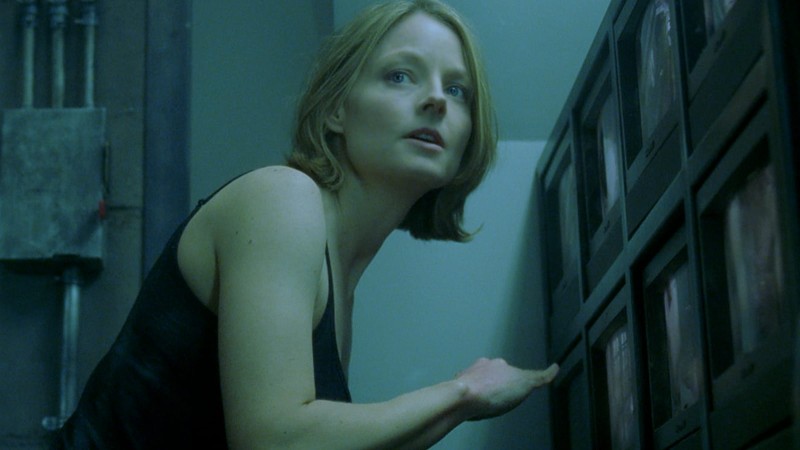Resident Horror: A Conversation with Caroline Monnet and Daniel Watchorn
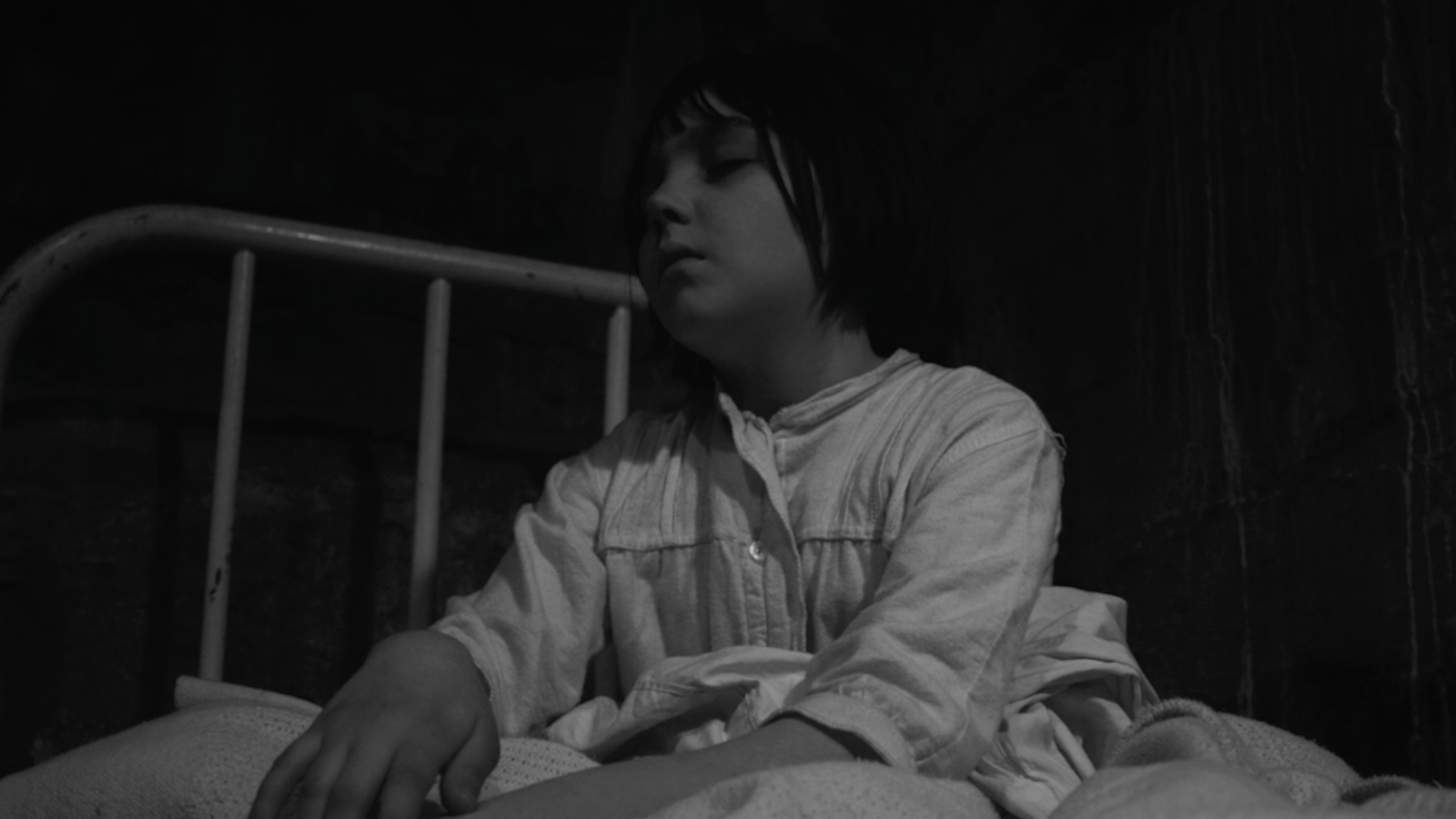
Horror movies are often understood as products of the imagination, but in the case of Caroline Monnet and Daniel Watchorn’s work, the conventions of the genre are grounded in stories of real-life injustice. Set in a Canadian residential school for indigenous children, the duo’s 2014 short The Black Case follows a young girl who fears for the safety of her infant cousin under the supervision of a pair of ominous caretakers. Though highly stylized, the film was inspired by the directors’ encounters with First Nations people, who shared their stories of living in state-funded institutions, introduced in the wake of the passage of the Indian Act in 1876, that aimed to assimilate indigenous children into white Canadian society by cutting them off from their cultural and spiritual heritage.
Monnet and Watchorn, both of whom hail from the small town of Aylmer in Québec, have been frequent collaborators since their first experimental short, Gephyrophobia (2012). The daughter of an Algonquin mother and French father, Monnet has always used her work to explore her cultural identity, seeking to grapple with complex ideas about indigenous history through sculpture, performance, and the moving image. Watchorn also enjoys moving between different art forms, having worked in both film and music.
Today they make their debut on the Criterion Channel on FilmStruck, with The Black Case streaming alongside another tale of social oppression, Carl Theodor Dreyer’s 1943 Day of Wrath. Dreyer’s use of gothic religious symbolism and his affinity for light and shadow were key influences on Monnet and Watchorn, and Day of Wrath in particular was a text they returned to while preparing to shoot The Black Case. To mark the occasion, I spoke with Monnet and Watchorn about their collaborative process and their commitment to bringing painful histories to the screen.
How did you begin collaborating, and what was the initial inspiration for The Black Case?
Caroline: At the time we began making The Black Case, I was relocating from Winnipeg to Montréal. This is when I reconnected with Daniel. He is my partner’s childhood friend, and we had collaborated previously. I had made several short films at that time, and Dan was just coming back from touring with his band. Daniel is like an encyclopedia when it comes to films, music, and literature. We just started bouncing ideas back and forth, and it was so constructive. I pitched him my idea about making a film on residential schools. He’s really into horror films, and it was exactly the right direction for this story.
The story behind The Black Case is not an unusual one for most indigenous families in Canada. I had heard that particular story many years ago and I guess I was just waiting for the right time and the right collaborators to tell it with me. We needed to get approval from one of the families we had interviewed because it is a harsh story and speaks to a very dark moment in Canadian history. I am shocked that still today many people are not aware of the residential school system for native children that the government put in place.
Daniel: Caroline invited me to codirect The Black Case after she heard a firsthand account of a residential school survivor’s experience. As soon as I heard the details I knew that Caroline had something very significant to share with the world.
Tell us about the process of putting the story together and the research that was involved. Did you speak with many people who had been housed in residential schools?
Caroline: The story behind The Black Case is taken from true events related to me a couple of years ago by living individuals. These were family stories told around the kitchen table. No fiction there. The government had been aggressive in assimilating First Nation people into colonial societies, and the purpose of these residential schools, as stated in official documents, was to “kill the Indian in the child.” The last one closed quite recently, in 1996.
Daniel: As a non-indigenous person collaborating on this project, I knew that as a codirector and as a Canadian, I needed to find out as much as I could about this dark part of our collective history. The Truth and Reconciliation Commission, charged with documenting the impact of residential schools, was formed in 2008, so it was very much in the news, but they didn’t publish their findings until after our film was released. There were a few books that were very instrumental in our process: historian J. R. Miller’s Shingwauk’s Vision, in which he looks at the history of the residential school system and its disastrous results, and Bev Sellars’s incredibly powerful memoir They Called Me Number One: Secrets and Survival at an Indian Residential School. But I will never be done listening and learning about this part of our history.
You’ve structured the film as a gothic thriller. What led you to explore this material in such a highly stylized form, with these genre tropes?
Caroline: It’s important to speak about our common chaotic history, and especially the indigenous legacy in our society. I also believe it can be more effective if we use unexpected cinematic language to speak about indigenous issues.
Daniel: We established very early on in the process that we were not going to approach the film as a documentary. We used all of the information gathered from the firsthand accounts and the readings we had done and applied techniques most commonly associated with fiction. It was a way of differentiating ourselves from the documentary approach that we all too often tend to confuse with the ultimate truth.
Were there films or filmmakers that influenced the tone of the piece?
Caroline: We spent a weekend at my parent’s cabin writing the first draft for the film. Daniel had brought some excerpts from Maya Deren, Carl Dreyer, David Lynch, and—why not?—the first season of American Horror Story.
Daniel: And let’s not forget the demented ventriloquist dummy story, starring Michael Redgrave and directed by Alberto Cavalcanti, that concludes the portmanteau film Dead of Night (1945).

Can you talk about the techniques you used for building suspense in the film?
Daniel: We were very aware of the tone we wanted to achieve. The only thing we didn’t know was what the film’s final running time would be. We felt that establishing the initial mechanical coldness of the doctor and the perversion of the nurse would be a good contrast to the innocence of the child. Their abuse of power makes an already tragic story even more horrific.
Caroline: During the editing process, we realized how important it was to let scenes breathe. And also to give the nurse some room to develop in parallel to the girl’s story, so we are also given a window into that character’s internal fantasy world. We play with the contrast between exterior and interior as a way to alleviate the heaviness of the story.
The location is incredible—where was the film shot?And what is that foreboding building? I found myself wondering if it was a real former residential school.
Caroline: We shot all the interiors in a mental institution on the south shore of Montreal in Longueuil, Québec. Actually, this was our first time exploring the possibilities of props and set design. We really wanted to create a huis-clos [“no exit”] where all the action would happen, and feel the claustrophobic weight from the dark space. All the exteriors were shot outside of Montréal, in freezing cold February weather. The building was one of a cluster built by the presbytery of Oka, which dates back to 1717.
Landscape plays an important role in my films because it is often the foundation and generator of stories. It becomes even more important when exploring indigenous narratives, as they are highly specific to particular places or territories. My work speaks to the complexities of indigenous identities today. I recognize the historical chaos of the past and hope that my work can provide some insights for the future. When the presbytery of Oka, a religious settlement that colonized native land, was founded, the Sulpicians that occupied the space put up buildings to house and assimilate the indigenous people. It was important for us to capture a building that would be emotionally charged and would resonate with the story we were trying to tell.
One of the most distinctive elements of The Black Case is its ominous ambient sound and haunting electronic score. Can you tell us about creating the soundscape for the film?
Daniel: We approached the sound design from the perspective of the young girl. She has been removed from the nurturing of her family and the safety of home. She has been taken and thrown into this nightmare. The experience is obviously alienating, destabilizing. We didn’t want to distract from her experience. The room seems to speak to her because it’s all she has, apart from her clearly distraught infant cousin. We wanted the viewer/listener to feel the ghosts of the children who had come before her through the score.
Caroline: The music was created by Frères Lumières, a musical ensemble that Daniel was a part of. After touring with the band Priestess, Vince Nudo and he started composing for films. It was evident that they would have carte blanche on this one. For us, it was interesting that the film would have no dialogue at all, so it was important that sound be a strong element in the film. Almost like another character.
Where has the film screened, and have the reactions varied with different audiences?
Caroline: It had its world premiere at Festival du Nouveau Cinema in Montréal and later played Regard sur le court métrage, ImagineNATIVE, and Fantasia before continuing on to many international festivals, including the Hamburg International Film Festival, Tampere, Cork, Skabmavogat, Maoriland, and Borsht. When the film screened in Germany, the United Nations had just recognized that there had been a cultural genocide in Canada. This made for a very emotional screening because we were tying chapters of history together. Often, when we travel with this film, we are confronted with being advocates for indigenous rights and history, and we are in a position of having to educate audiences about residential schools and the impact of assimilation on the generations that followed.
What has the response been like from indigenous audiences?
Caroline: The film had its Toronto premiere at the ImagineNATIVE Film Festival, the world’s largest indigenous film showcase, in October 2014. We both knew how sensitive the subject matter was, and we anticipated a range of responses. I was nervous as hell! Sometimes it is harder to show this type of work to members of your community, to your peers, especially when dealing with a story as heavy as the one in The Black Case, than to a non-indigenous audience. It’s a different relationship because it can become quite emotional for indigenous audiences. The trauma and effects are still very present within our families. We tried to make it with the utmost respect, and I think approaching it as a gothic horror film allowed us to remove some of the heavy load of these traumatic events. We were really happy to see the positive response to the film. People in the audience thanked us during the Q&A session, and the family of the person whose story this film is based on also thanked us for sharing this troubled history with the world.
